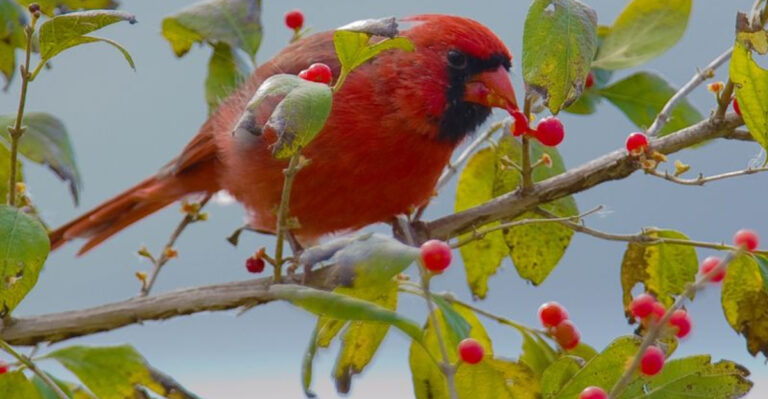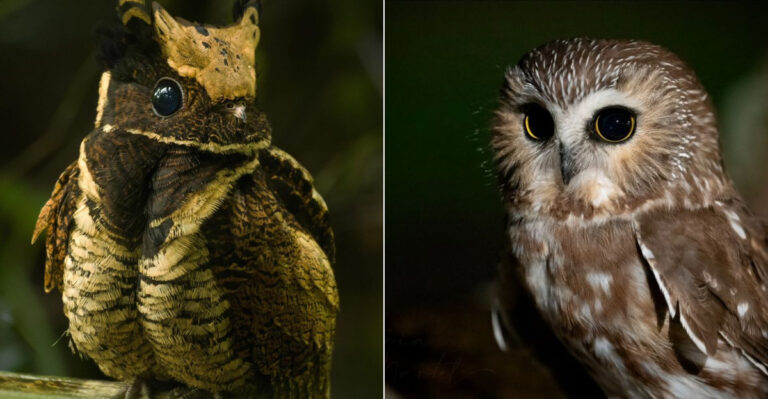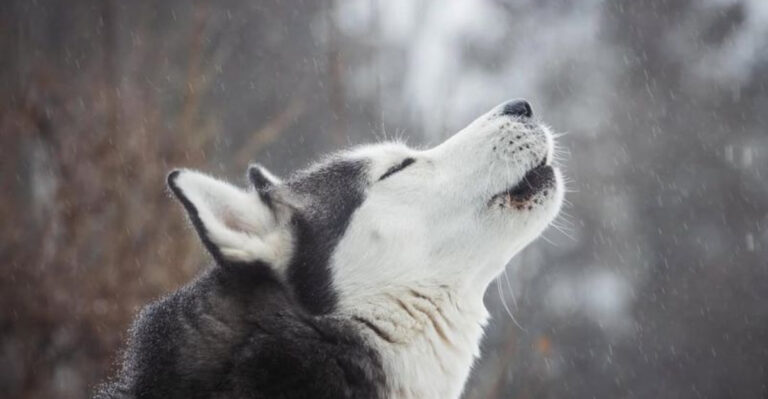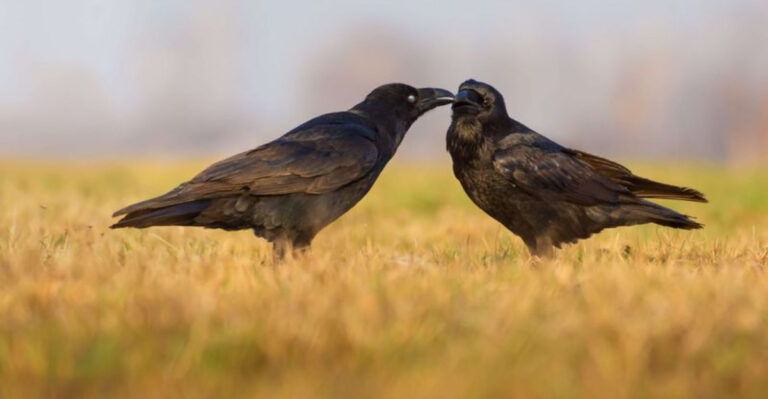Discover The 8 Wild Cat Species In South America
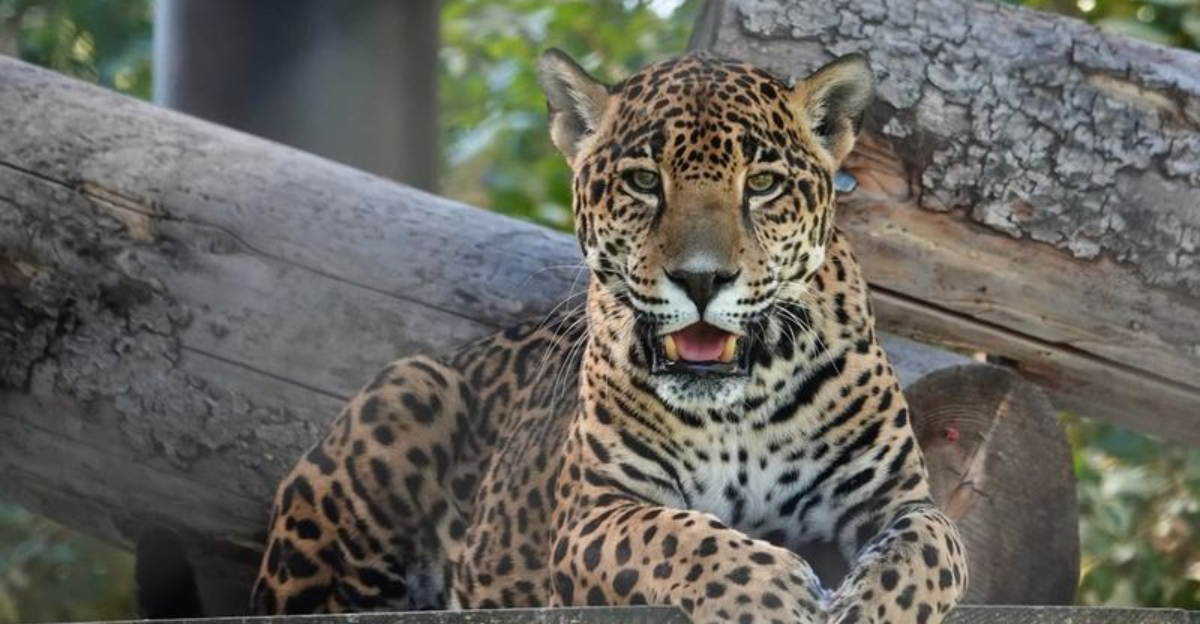
South America is not just a land of vibrant cultures and lush rainforests; it’s also home to some of the most elusive and fascinating wild cat species on the planet. These felines, ranging from the majestic jaguar to the mysterious Andean mountain cat, each play a crucial role in their ecosystems.
Join us on a captivating journey through the continent’s diverse habitats as we explore eight incredible wild cat species. From the dense Amazon rainforest to the rugged Andes, these cats have adapted to survive and thrive in some of the most challenging environments.
Prepare to be amazed by their unique adaptations, intriguing behaviors, and the vital role they play in maintaining the balance of nature in South America.
1. Puma
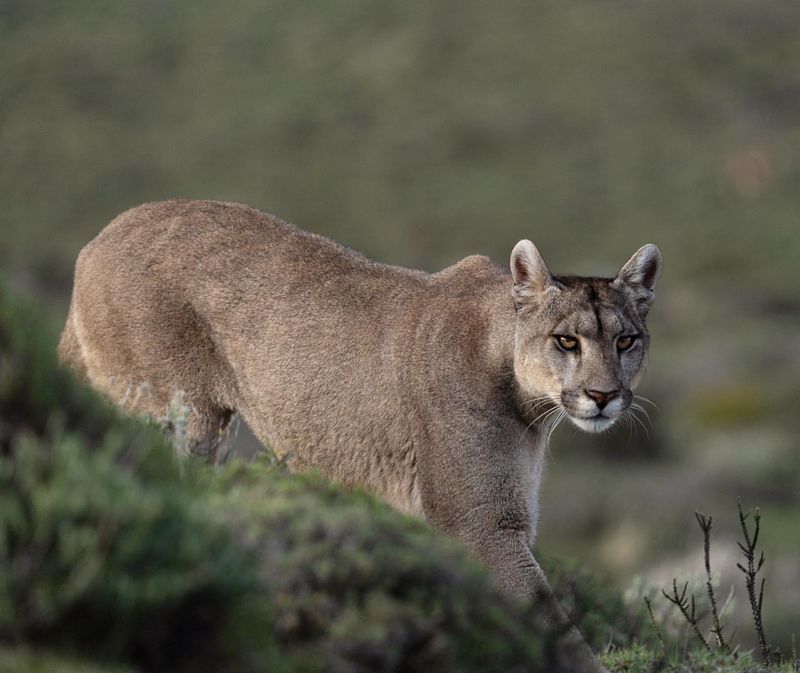
Pumas, also known as cougars or mountain lions, are the most adaptable of all wild cats, with a range that stretches from Canada to the southern tip of South America. In Patagonia, these magnificent cats blend seamlessly with the arid landscape, their tawny coats mirroring the earthy tones of the region.
Despite their silent demeanor, pumas are formidable predators, relying on stealth and surprise as their primary weapons. Their muscular bodies and powerful legs make them excellent climbers and jumpers, capable of leaping great distances to catch their prey.
It’s said that a puma’s leap could rival an Olympic athlete’s! Life for a puma involves more than just hunting. These solitary creatures are fiercely territorial, marking their domain with scrapes and scent markings.
Communication is key, with vocalizations ranging from low growls to screeches, ensuring that territory disputes are often settled without direct conflict. The puma’s adaptability and resilience have enabled it to thrive across various regions, making it a true survivor.
2. Ocelot
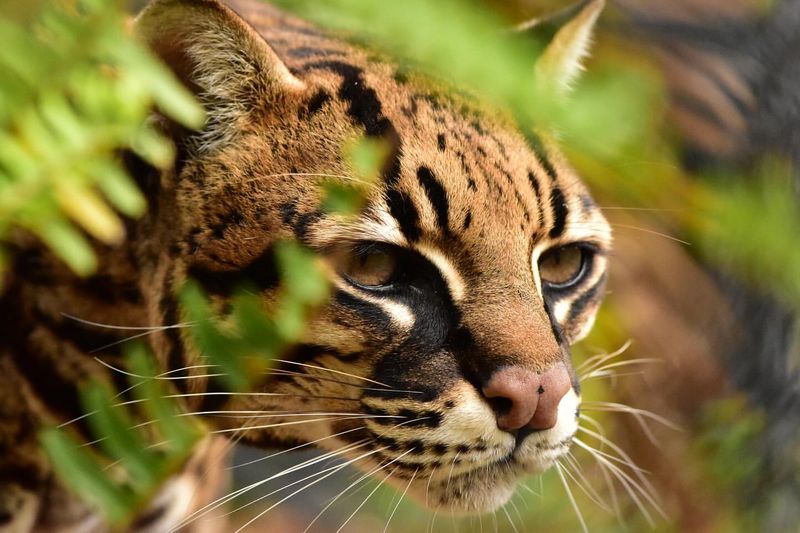
The ocelot is a true artist of the forest, its beautiful rosetted coat a masterpiece of nature’s design. Smaller than its jaguar cousin but no less impressive, the ocelot prowls through the forests of South America with an elegance that is second to none.
Ocelots are nocturnal creatures, preferring the cover of darkness to embark on their nightly hunts. Their diet is as varied as the forest itself, consisting of rodents, rabbits, and even small birds. A quiet approach is their signature move, allowing them to get within pouncing distance of their unsuspecting prey.
These cats are also incredibly agile, with the ability to climb trees effortlessly, seeking refuge or a vantage point. It’s no wonder that ancient cultures revered the ocelot, often associating them with deities and the mysterious night. The ocelot’s survival depends on the preservation of its habitat, making conservation efforts all the more crucial for this exquisite feline.
3. Jaguar
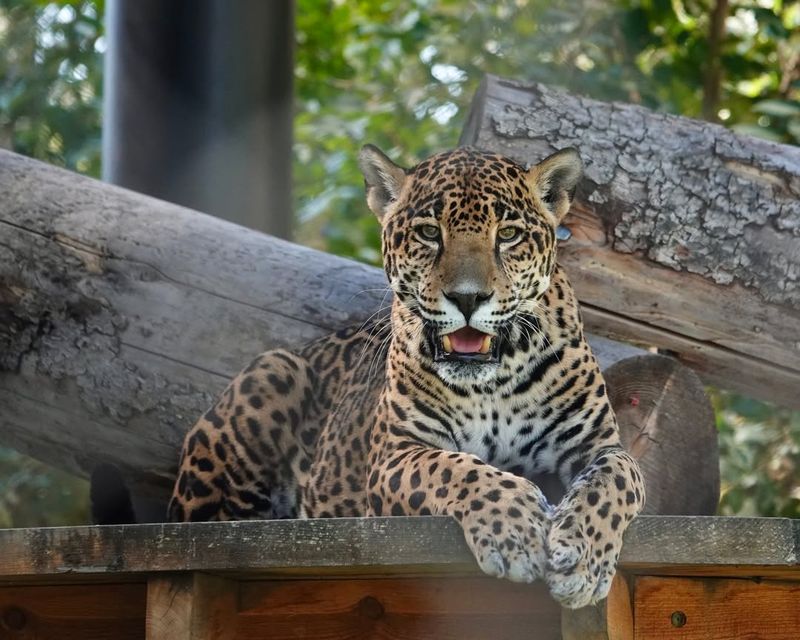
In the heart of the Amazon, the jaguar reigns supreme, a true master of stealth and strength. With a coat as intricate as the rainforest itself, each spot tells a tale of evolution and adaptation. Jaguars are not just big cats; they are the third-largest in the world, trailing only behind lions and tigers.
They’ve perfected the art of camouflage, making them almost invisible, even in plain sight. These solitary hunters boast the strongest bite force of any big cat, which means no turtle shell or caiman armor stands a chance. They are opportunistic feeders, feasting on deer, capybaras, and even anaconda!
Their diet is as diverse as the Amazon’s ecosystem itself. It’s a jungle out there, and the jaguar is at the top of the food chain. But the life of a jaguar isn’t all about strength and hunting prowess. These felines also possess a softer side, especially when it comes to their cubs.
Mothers are fiercely protective, nurturing their young until they’re ready to venture out on their own. The jaguar’s role in maintaining the balance of the ecosystem is vital, controlling prey populations and ensuring biodiversity thrives. Jaguars are elusive and enigmatic, embodying the untamed spirit of the wild.
4. Margay
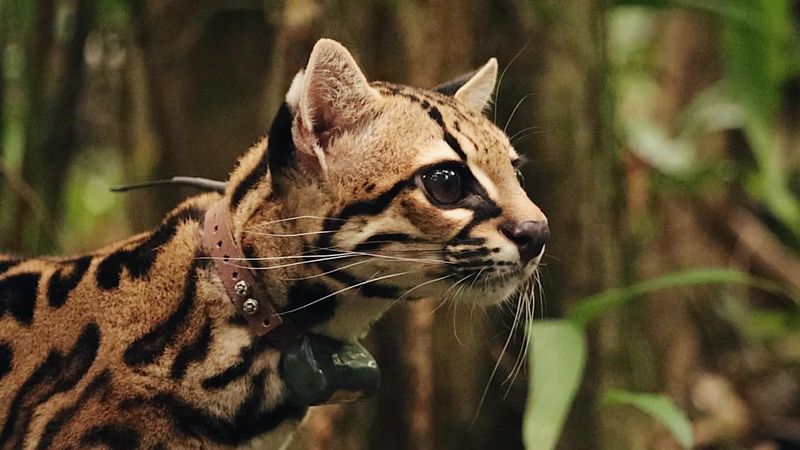
The margay is the acrobat of the wild cat world, boasting an agility that makes even the most seasoned gymnast look clumsy. Native to the rainforests of South America, this feline is perfectly adapted for life in the trees.
What sets the margay apart is its extraordinary ability to rotate its ankles, allowing it to climb headfirst down trees—a feat few other cats can accomplish. This arboreal lifestyle means the margay spends most of its life in the canopy, hunting birds and small mammals with precision. Its large, expressive eyes are not just for show; they are crucial for spotting prey in the dim light of the forest.
Despite its small size, the margay is a fierce hunter, relying on its keen senses and unmatched agility to survive. The margay’s existence is a testament to the incredible adaptability and diversity of life in South America’s rainforests.
5. Andean Mountain Cat
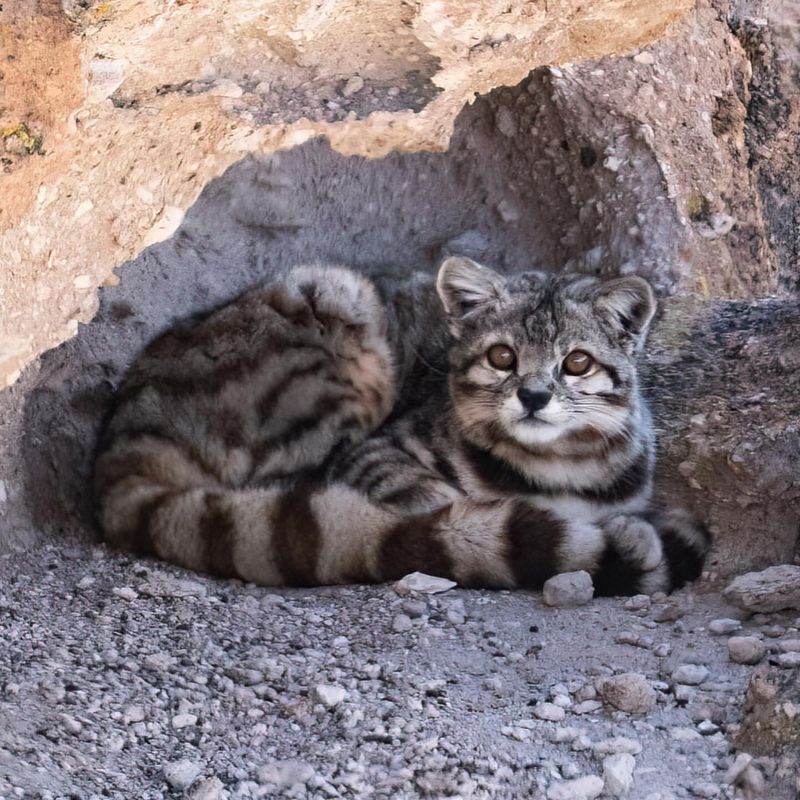
High in the Andes, where the air is thin and the weather harsh, lives a creature as elusive as the mountain mist—the Andean mountain cat. This rare feline is perfectly adapted to its rugged habitat, with thick fur to withstand the cold and a compact body suited for high-altitude living.
Unlike its more famous relatives, the Andean mountain cat is a mystery wrapped in fur. Its elusive nature means sightings are rare, and much of its lifestyle remains shrouded in secrecy. However, what is known is that this cat primarily preys on mountain viscachas, a type of rodent resembling a rabbit.
Conservationists are racing against time to learn more about this enigmatic creature, as habitat loss and hunting pose significant threats to its survival. The Andean mountain cat’s plight highlights the importance of preserving these fragile ecosystems, ensuring that this high-altitude ghost continues to roam the Andes.
6. Geoffroy’s Cat
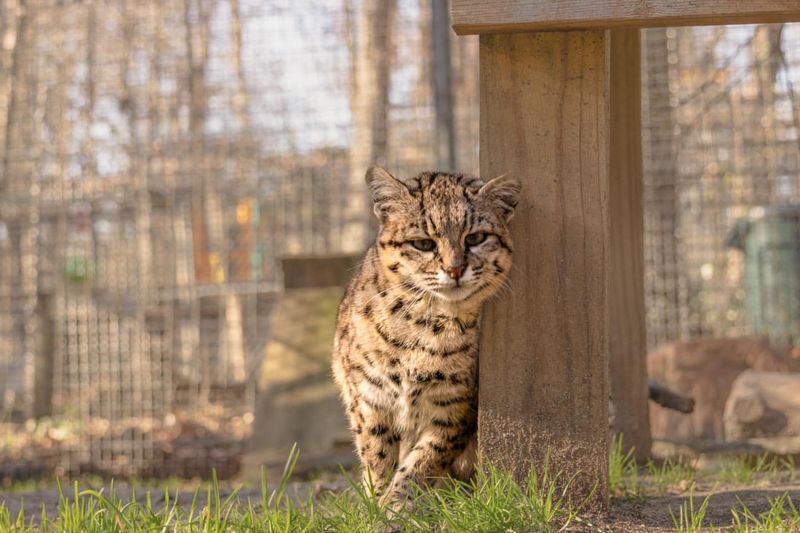
In the vast grasslands of the Pampas, the Geoffroy’s cat roams, a small but mighty predator with a coat as striking as the open plains. Despite its modest size, this feline is a formidable hunter, equipped with sharp claws and a keen sense of smell.
Geoffroy’s cats are nocturnal hunters, preferring the cover of darkness to stalk their prey. Their diet mainly consists of small mammals and birds, but they are known to be opportunistic, adapting to whatever food is available. This adaptability is key to their survival in the ever-changing Pampas environment.
With a preference for solitude, these cats are typically found alone, except during mating season. Their secretive nature and camouflaged appearance make them difficult to spot, adding to their mystique. Efforts to protect their habitat are crucial, as agricultural expansion threatens their natural environment. Geoffroy’s cats remind us of the delicate balance between development and conservation.
7. Kodkod
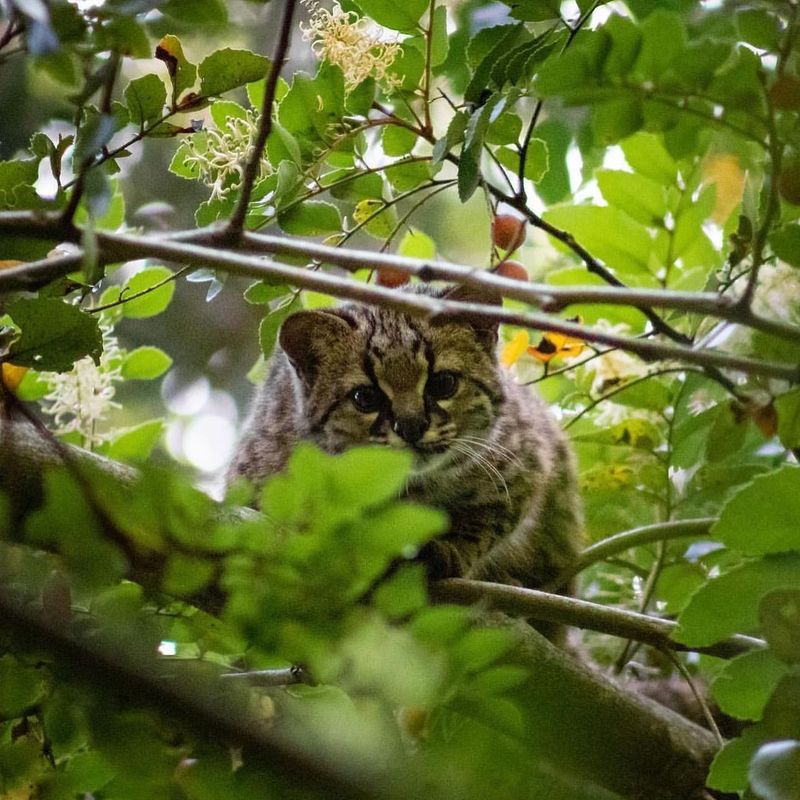
The kodkod, South America’s smallest wild cat, is a master of disguise in the dense forests of Chile. Its petite stature and dotted coat allow it to blend seamlessly with the forest floor, making it a challenging subject for wildlife photographers.
Despite its size, the kodkod is an adept climber and hunter, preying on birds, small mammals, and even insects. Its elusive nature and nocturnal habits make encounters with this diminutive feline a rare treat. The kodkod’s large eyes and ears are perfectly adapted to its low-light environment, enhancing its hunting prowess.
These cats are highly territorial, with each individual marking its domain with scrapes and scent. Conservation efforts are essential for the kodkod, as deforestation and habitat fragmentation pose significant threats. The kodkod’s survival story is one of resilience, thriving in its shrinking habitat against the odds.
8. Pampas Cat
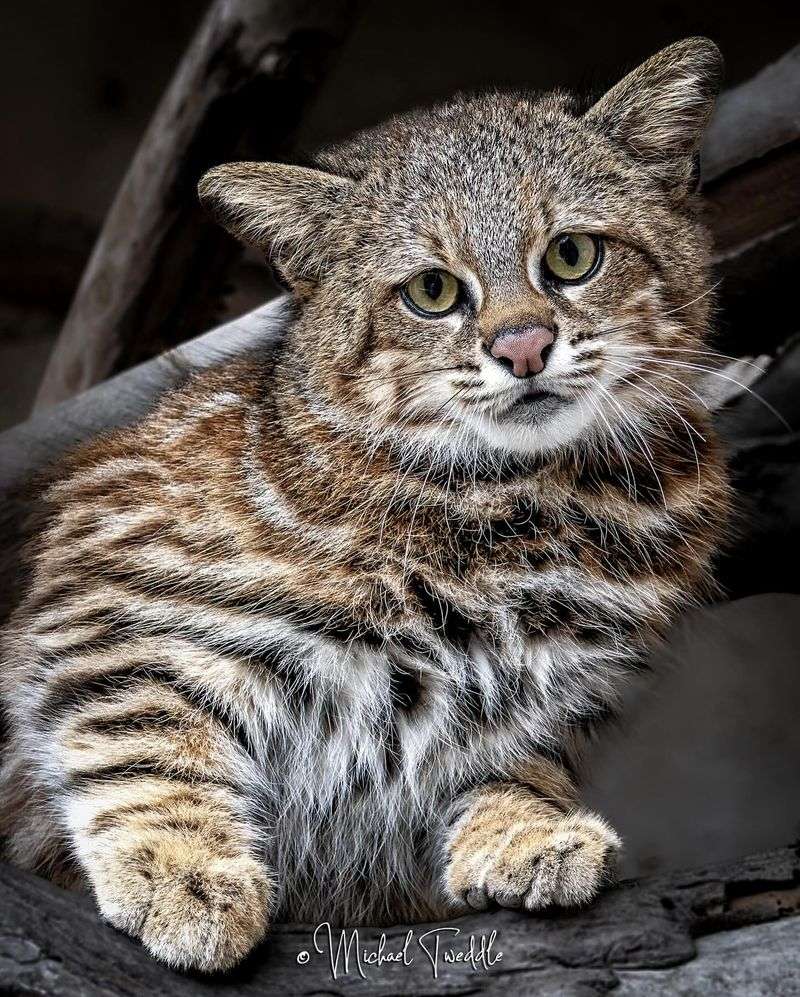
The pampas cat, with its thick, plush coat and distinctive markings, is a true enigma of the South American steppes. Found throughout the grasslands and open areas, this feline is as adaptable as it is elusive. Pampas cats are known for their varied diet, which includes small mammals, birds, and reptiles.
Their hunting strategy involves patience and precision, often lying in wait before pouncing on their prey. This methodical approach is a testament to their adaptability and cunning. Solitary and secretive, pampas cats are rarely seen in the wild, which only adds to their mystique.
Their habitat is increasingly threatened by agricultural expansion, making conservation efforts more important than ever. The pampas cat’s survival depends on our ability to balance human development with the preservation of these unique ecosystems.

